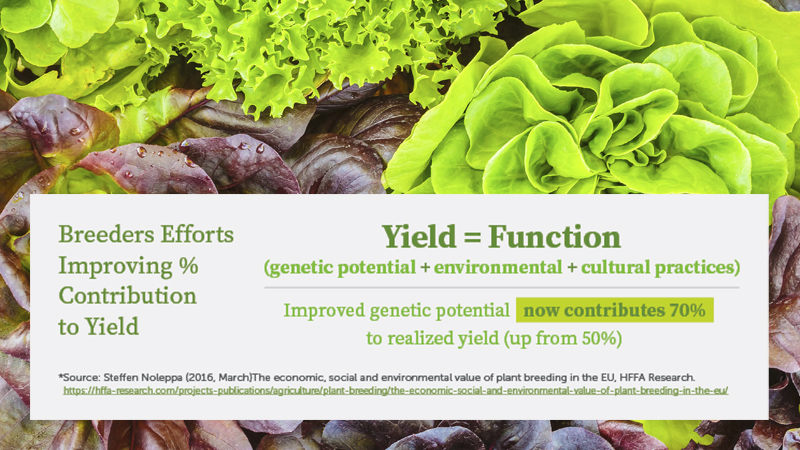Game on To Help Overpower Powdery Mildew in Grape Crops
A University of Minnesota-led team of researchers received the first round of funding from a $10 million grant awarded by USDA to follow up on its work with VitisGen2, a multi-disciplinary, collaborative project focused on cultivating disease-resistant grapes that can be grown sustainably with reduced pesticide and fossil fuel use.
The team is made up of researchers from 13 different institutions across the country and is led by Matthew Clark, Ph.D., an Associate Professor in the Department of Horticultural Science in the College of Food, Agricultural and Natural Resource Sciences, and an Extension Horticulture Specialist. The project was built with strong industry support and guidance, especially from the National Grape Research Alliance, which has been involved in the research from its initiation with the first VitisGen project in 2012.
The funding will allow researchers to build upon VitisGen and VitisGen2 to bring the work across the finish line. They plan to advance grape breeding by using the latest technologies to identify and test gene candidates, deliver advanced information, including computer-vision phenotyping, artificial intelligence, and DNA markers, to all U.S. grape breeders, develop disease-control pro-grams, and train vineyard managers and Extension personnel across the country.
“We hope to use current technologies to resolve our understanding of how specific genes in grapes overcome powdery mildew, a common fungal disease that can reduce photosynthesis, defoliate vines, and increase the risk of winter damage,” Clark says. “A collaborative approach to solving powdery mildew resistance in grape vines brings scientific and Extension expertise from around the country together for synergistic, sustainable benefits for farmers and consumers.”
In addition to studying the genetic science of grapes, the researchers also plan to study consumer behavior by tracking eye movements to learn what features are important to customers in decision-making, especially in markets with a lot of information, like wine shops.
Collaborating on this project with the University of Minnesota are:
- Cornell University at Geneva and Ithaca
- USDA-ARS at Geneva and Parlier
- South Dakota State University
- North Dakota State University
- Missouri State University
- University of California-Davis
- Washington State University at Puyallup and Prosser
- University of Maryland-Eastern Shore,
- University of Arkansas
- Virginia Tech
- University of Georgia
The University of Minnesota has put decades of innovation, science, and research into grape breeding, enology, and wine evaluation with the goal of creating superior Minnesota wines. University of Minnesota wine grape varieties include ‘Clarion’, ‘Edelweiss’, ‘Frontenac’, ‘Frontenac blanc’, ‘Frontenac gris’, ‘Itasca‘, ‘La Crescent’, and ‘Marquette’.
A University of Minnesota Extension report shows Minnesota’s cold-hardy vineyards and wineries brought more than $80 million to the state’s economy and supported more than 10,500 jobs in 2016.
The wine grape breeding program began in the mid-1970s. In 2000 an enology lab and research winery opened at University of Minnesota’s Horticultural Research Center at the Minnesota Landscape Arboretum in Chaska, MN. Today more than 12,000 experimental vines are cultivated on 12 acres, and thousands of seedlings are produced each year using a diverse genetic base.










